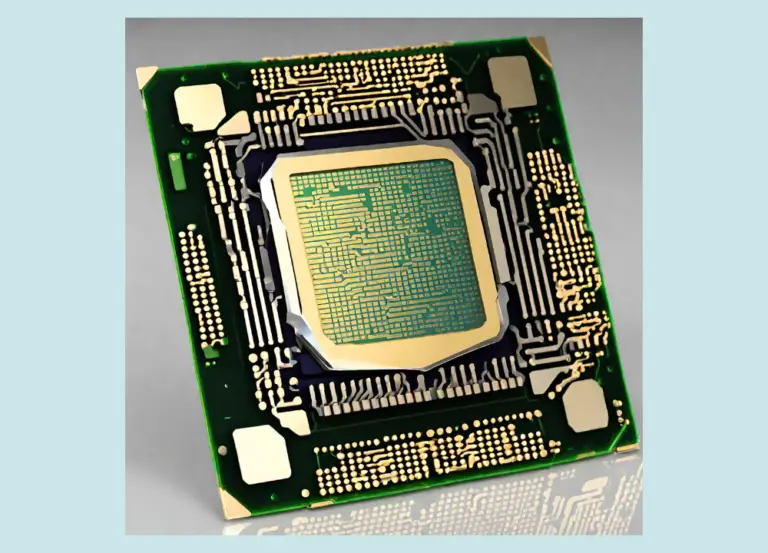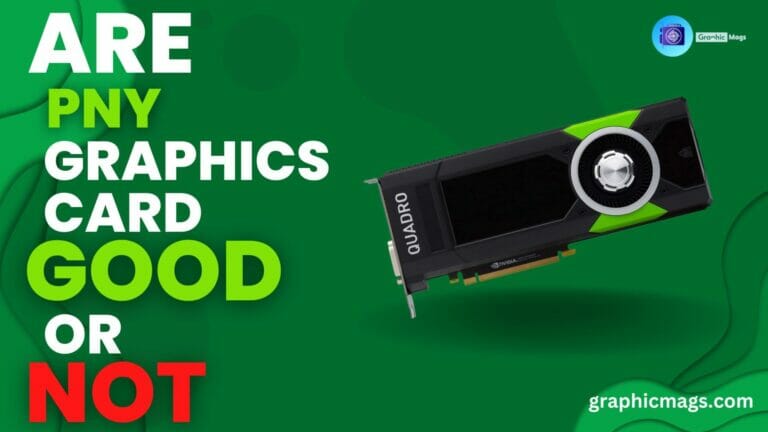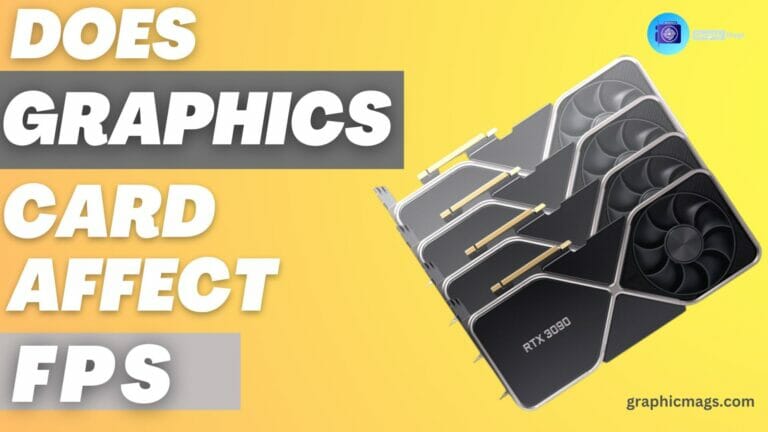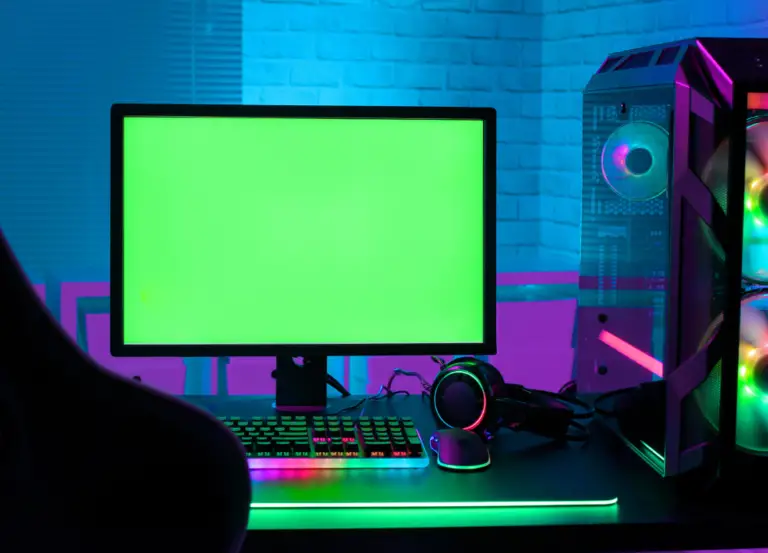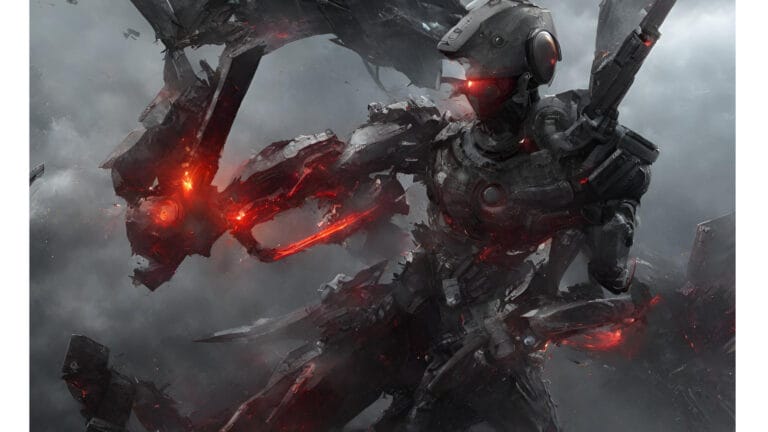How Long Does a Graphics Card Last When Mining?

It is difficult to accurately predict how long a graphics card will last when mining, as it can vary depending on a number of factors. Some of the most important factors include the make and model of the graphics card, the type of mining being done, and the overall operating conditions. In this article, I’ll discuss how long does a graphics card last and also discuss factors to consider when choosing a graphics card for mining. So let’s get start!
Table of Contents
What is GPU Mining?
GPU mining is the process of using a computer’s graphics card (GPU) to perform complex calculations in order to solve complex mathematical problems. This process is used to validate and record transactions on a blockchain network. When a block of transactions is successfully mined, the miner is rewarded with cryptocurrency.
Mining with a GPU is more efficient than using a CPU, as a GPU has more processing power and can perform the calculations required for mining more quickly. This makes it possible for individuals to mine cryptocurrencies at home, rather than relying on large, centralized mining operations.
The Different Types of GPU Mining
In GPU mining, there are two main types of GPU mining: Solo mining/Pool mining.
Solo mining, is the process of using your own GPUs to mine cryptocurrency without joining a mining pool. With solo mining, you are the sole miner on the network and you will receive the full reward for any block that you mine. However, solo mining is more difficult and less profitable than pool mining, as the chances of successfully mining a block are much lower when mining alone.
Pool mining, on the other hand, is the process of joining a group of other miners to work together to mine blocks. When a block is mined, the reward is shared among all the members of the pool according to their contribution to the pool’s hashrate. Pool mining is more profitable than solo mining, as the chances of successfully mining a block are much higher when working with a group of miners. Additionally, pools often have a lower minimum payout threshold, making it easier to earn rewards.
It’s important to note that when you join a pool, you’ll have to pay a fee for the pool’s services, usually a small percentage of your earnings. Additionally, the pool operator will also have to pay for electricity, cooling and other expenses, which are also covered by the fee.
Factors that Affect GPU Lifespan
There are several factors that can affect the lifespan of a GPU when used for mining.
The first and most obvious factor is usage. The more a GPU is used for mining, the more wear and tear it will experience. Additionally, certain mining algorithms can put more stress on a GPU than others, which can also affect its lifespan.
Temperature is also an important factor to consider. If a GPU runs at high temperatures for extended periods of time, it can experience thermal throttling, which can cause damage to the GPU over time. Dust buildup can also be a problem, as it can impede proper ventilation and increase temperatures.
Another factor to consider is the quality of the GPU itself. Some GPUs are built with better components and cooling systems than others, which can affect their lifespan. A high-quality GPU may last longer when used for mining than a lower-quality GPU.
Lastly, environmental factors such as humidity, dust, and vibration can also affect the lifespan of a GPU. These factors can cause damage to the components over time, which can decrease the lifespan of the GPU.

GPU Mining and its Impact on Graphics Card Lifespan
GPU mining, or the process of using a graphics card to mine cryptocurrency, can have a significant impact on the lifespan of the graphics card. When mining, a GPU is under constant load and runs at high temperatures for extended periods of time. This can lead to thermal throttling, which can cause damage to the GPU over time.
Additionally, certain mining algorithms can put more stress on a GPU than others, which can also affect its lifespan. For example, mining certain cryptocurrencies like Ethereum, which uses a memory-intensive algorithm called Ethash, can put more stress on the GPU’s memory and lead to faster wear and tear.
Another factor to consider is the quality of the GPU itself. Some GPUs are built with better components and cooling systems than others, which can affect their lifespan. A high-quality GPU may last longer when used for mining than a lower-quality GPU.
How to Maximize the Lifespan of Your Graphics Card when Mining
When it comes to maximizing the lifespan of your graphics card when mining, there are several things that you can do:
- Monitor temperatures: Keep an eye on the temperature of your GPU while mining. If it runs at high temperatures for extended periods of time, it can experience thermal throttling, which can cause damage to the GPU over time.
- Use proper cooling: Make sure that your GPU is properly cooled. Use high-quality fans or liquid cooling to keep temperatures in check.
- Keep it clean: Dust buildup can impede proper ventilation and increase temperatures. Make sure to clean your GPU regularly to prevent dust buildup.
- Limit usage: The more a GPU is used for mining, the more wear and tear it will experience. Try to limit the amount of time that you spend mining, or set up a schedule to rotate the use of different GPUs.
- Use the right software: Some mining software is more efficient than others and will put less stress on your GPU. Use software that is optimized for your specific GPU and mining algorithm.
- Avoid Overclocking: Overclocking can put additional stress on the GPU and decrease its lifespan. Avoid overclocking or use it with caution.
- Properly store: When not using, it’s important to store your GPU in a dry and cool place. Avoid storing in damp or high-temperature environments which can degrade the lifespan of the GPU.
Factors to Consider When Choosing a Graphics Card for Mining
When choosing a graphics card for mining, there are several factors to consider:
- Hash rate: The hash rate is the measure of a miner’s computational power, and it’s one of the most important factors to consider when choosing a graphics card for mining. The higher the hash rate, the more capable the GPU will be at mining cryptocurrency.
- Power consumption: Power consumption is another important factor to consider when choosing a graphics card for mining. A GPU with a high hash rate but also high power consumption may end up costing more in electricity than it earns through mining.
- Memory: Memory is also an important factor to consider when choosing a graphics card for mining. Some mining algorithms, like Ethash, are more memory-intensive than others, so GPUs with more memory may be more suitable for these types of mining.
- Compatibility: Make sure the GPU is compatible with your mining software, your computer’s power supply, and your operating system.
- Price: The price of the GPU is also an important factor to consider when choosing a graphics card for mining. A higher-priced GPU may have a higher hash rate or be more energy-efficient, but it’s important to consider the cost-to-benefit ratio.
- Brand and model: Research on the GPU’s brand and model, some manufacturers have a better reputation than others. Also, certain models may have better cooling systems or components that can affect their lifespan when mining. You can also checkout the dedicated article on the GPUs brands.
- Availability and cost of spare parts: It’s important to consider the availability and cost of spare parts in case the GPU breaks down.
By considering these factors, you can choose a graphics card that will be most suitable for your specific mining needs and help maximize the profitability and lifespan of your mining operation.
Conclusion
In conclusion, It’s important to remember that the lifespan of a graphics card when used for mining can vary greatly depending on usage, mining algorithm, temperature, dust buildup, and the quality of the GPU. Proper care and maintenance can help extend the lifespan, but it is essential to consider factors such as hash rate, power consumption, memory, compatibility, price, brand and model, and availability of spare parts when choosing a graphics card for mining. Ultimately, it is up to you to weigh the costs and benefits and make an informed decision that best suits your mining needs.
FAQs
Will Mining Destroy Your Graphics Card?
Mining can have an impact on the lifespan of a graphics card if proper care and maintenance is not taken, however, it does not necessarily mean that it will destroy the graphics card.
Factors such as usage, mining algorithm, temperature, dust buildup, and the quality of the GPU all play a role in determining the effects of mining on the graphics card’s lifespan. It is important to consider these factors and take necessary precautions to prolong the graphics card’s lifespan.
Why Not to Buy Mined GPU?
Mining can take a toll on graphics cards, causing them to perform poorly for gaming and other tasks. Additionally, GPUs that have been used for mining are often heavily abused, which increases the likelihood of them failing. When shopping for a GPU, it may be wise to avoid mined options to ensure optimal performance and longevity.
Which GPU is Best for Mining?
The best GPU for mining will depend on the specific mining algorithm and the cryptocurrency that you plan to mine. Some popular GPUs for mining include:
NVIDIA GeForce RTX 30 series: These GPUs are designed for gaming but also offer high hash rates for mining.
AMD Radeon RX 6000 series: These GPUs are optimized for gaming, but they also have high hash rates and low power consumption, making them suitable for mining.
NVIDIA GeForce GTX 1660: This GPU is an older model, but it still offers good performance and power efficiency for mining.
AMD Radeon RX 570: This GPU is an older model, but it offers good performance and power efficiency for mining.
Final Words
By following these tips, you can maximize the lifespan of your graphics card when mining and get the most out of your investment.
I hope that this simple article helped you in understanding How Long Does a Graphics Card Last When Mining? If you have any other queries about graphic cards drop them in the comments section.
If you’re interested in learning more about graphics cards, be sure to check out our other articles!

